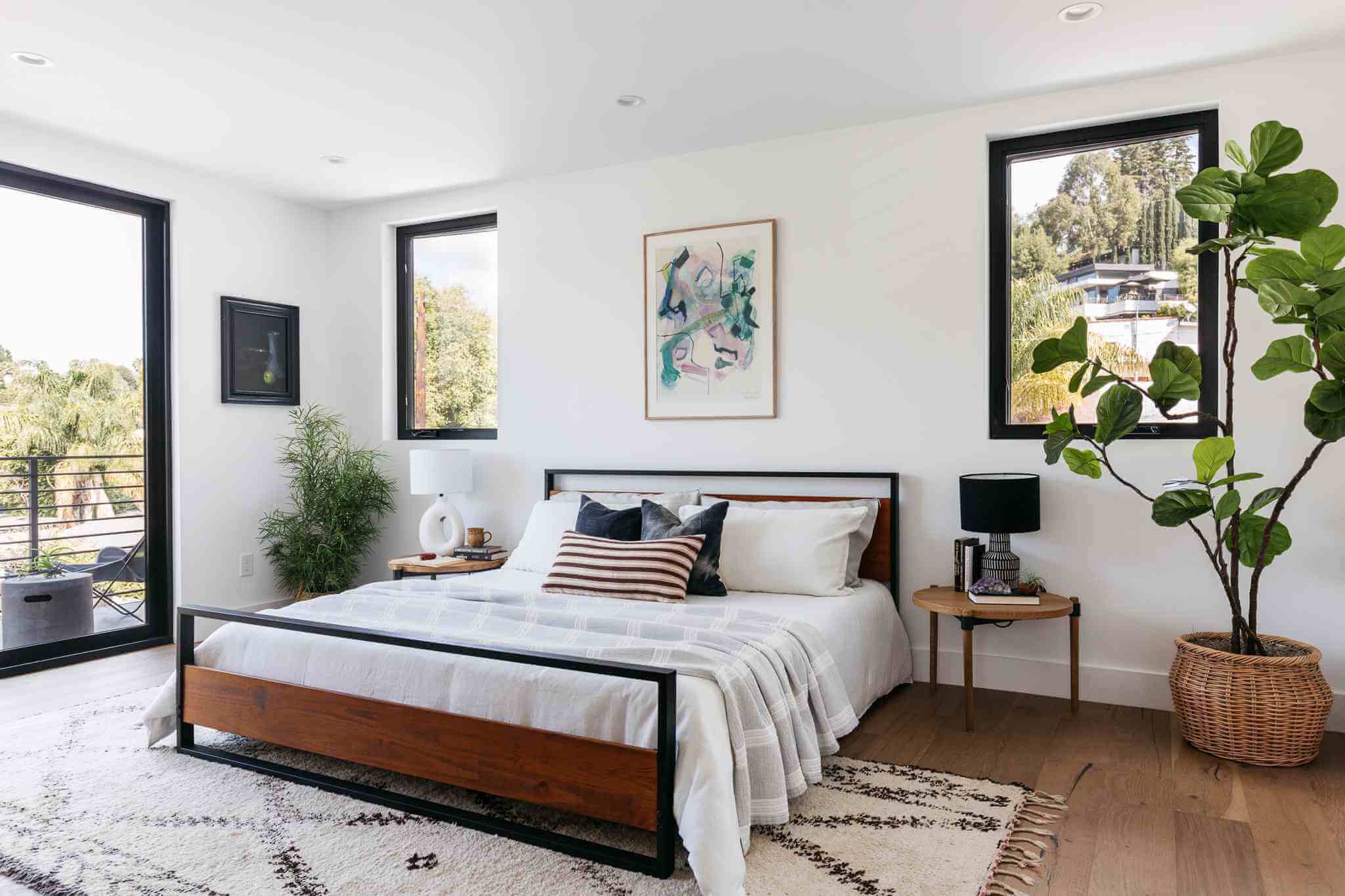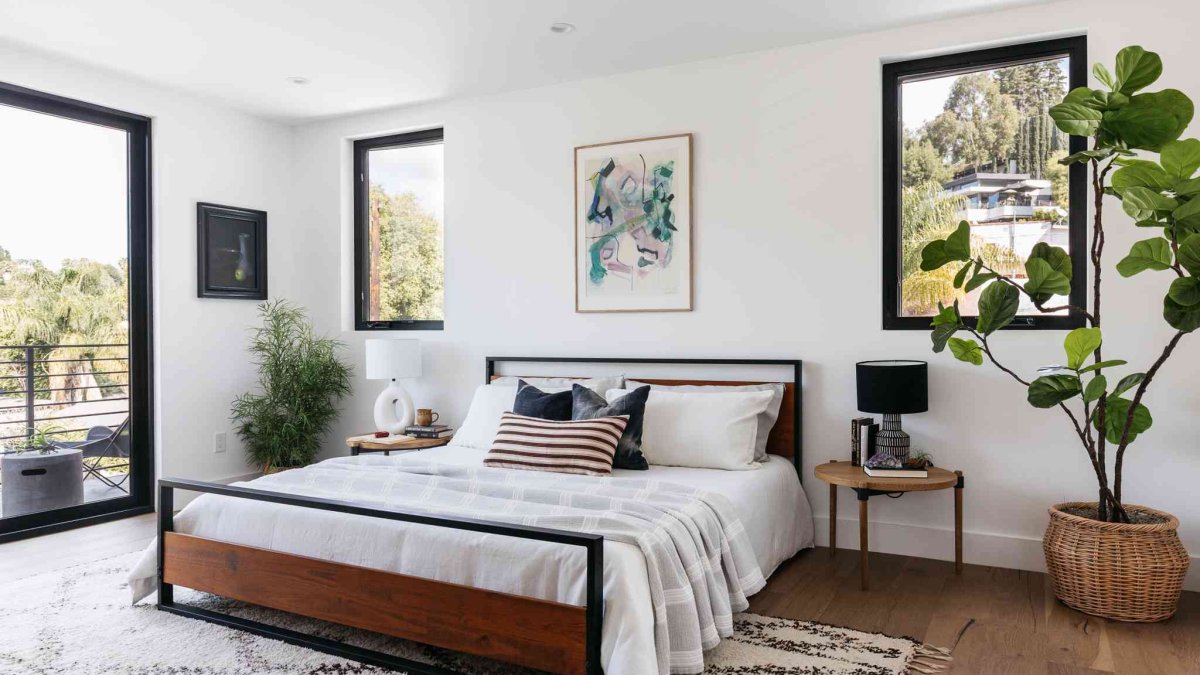
With the societal shift towards more flexible working conditions and the growing popularity of shared living spaces, spare rooms are becoming a potential source of income for many homeowners. If you’re a homeowner looking to rent out your spare room, long-term comfort is crucial. By adopting some fundamental design and preparation guidelines, you can transform that unused space into a rent-ready haven.
Renting in Busy Cities
For homeowners in bustling urban areas like Seattle, renting your room out might be especially beneficial. Here’s your comprehensive guide to designing a spare room that’s bound to be a hit with potential roommates in Seattle or any other busy area.
Understand the Basics
One of the most exciting things about renting our spare space is making sure it’s guest-ready. But before jumping into design and aesthetics, you need to make sure the basics are covered.
Safety First: Make sure the room has a functioning smoke detector. With rooms on an upper level, ensure the windows are large enough for emergency escapes, if possible. Make sure to create or purchase a first aid kit that includes all the basics in case of any unfortunate accidents.
Locks & Privacy: While trust is essential in a shared living situation, privacy is equally important. Equip the door with a sturdy lock, and invest in a good pair of curtains or blinds for the windows.
Adequate Storage: Closets or wardrobes are essential if you’re renting our spare room. If the room lacks built-in storage, invest in standalone options that suit its decor and style to create a more functional and appealing living space.
Maximize Comfort
To attract potential tenants, you need to create a space where someone would want to live. Comfort should be one of the biggest priorities. After all, this is someone’s home.
The Bed: As the most crucial piece of furniture in the room, the bed deserves proper attention. Invest in a high-quality mattress to ensure your new tenant gets a good night’s sleep, and provide a variety of pillows to cater to different preferences.
Temperature Control: If you’re based in a city with fluctuating temperatures, consider a fan or a heater. In cities like Seattle, where it can get damp, a dehumidifier can make a significant difference to your living space.
Lighting: Encourage as much natural light as possible, but you should also incorporate multiple light sources — a ceiling fixture, bedside lamps, and even ambient lighting for a cozy atmosphere. So whether your new tenant needs to concentrate on work or curl up for a cozy movie night, they’re covered.
Add Functional Furnishings
The right furnishings can turn any space from a room to a comfortable living area.
Desk & Chair: Having a dedicated workspace is a significant advantage and is likely to attract more tenants, especially in the age of remote work. This is a great idea if you live in an area with students, too.
Seating: A small loveseat or a cozy armchair can make the room feel more like a studio apartment than just a bedroom.
Shelves & Side Tables: These not only provide storage but also give renters a place to personalize their space with books, plants, or other decorative items that will make the room feel like home.
Enhance with Aesthetics
Remember, you’re not just renting out a room; you’re creating a home. Aesthetics play a significant role in first impressions.
Neutral Palette: Stick to neutral colors for walls. This will provide a blank canvas that potential renters can envision personalizing.
Art & Decor: Consider adding tasteful art pieces or decorative elements that align with the general ambiance you want to create.
Textiles: Rugs, curtains, and bed linens can set the room’s tone, especially when you’re using neutral colors for decoration. For example, soft and neutral textiles add warmth and coziness to the space.
Anticipate Your New Renter’s Needs
If you’re unsure what to do next, think like a potential renter. If you were renting a room, what would you want to see in it?
Wi-Fi Access: In today’s digital age, strong and reliable internet access is a must-have. Maybe landlords renting out their rooms provide bills, including internet access, in the agreement.
Guide to the Neighborhood: A simple guide highlighting local grocery stores, cafes, transportation links, and points of interest can be incredibly welcoming, especially for those new to the area. Whether you’re renting to students or professionals, this added bonus can be a life-saver.
House Rules: Communicate any house rules or expectations in a friendly yet straightforward manner. It’s good to have a written document that both of you can refer back to. This ensures both parties are on the same page from the start. This becomes even more important if you’re renting out more than one room.
Highlight Unique Selling Points
Does the room have a good view? Is it spacious, or does it have large windows to let in natural light for most of the day? Maybe it’s just steps away from a popular park or café. Emphasize these features in your listings and showings.
Final Thoughts
Transforming a spare room into a rent-ready space requires a combination of practicality, aesthetics, and the ability to anticipate the needs of potential renters. By creating a safe, comfortable, and aesthetically pleasing space, homeowners can make their listings stand out, ensuring a steady source of income and a positive living situation for all involved. Whether you’re accommodating roommates in Seattle or any other vibrant city, these principles will serve you well. Happy designing!
Ava Clarkson
Related posts
Stay connected
Today's pick
- Safety Essentials Every CNC Operator Should Follow DailyCNC machining demands precision, consistency, and discipline—but above all, it requires strict attention to safety. Whether you’re working with mills, lathes, routers, or grinders, every machine has the potential to cause serious injury if mishandled. That’s why CNC operators must follow safety protocols daily, no... The post Safety Essentials Every CNC Operator Should Follow Daily […]

